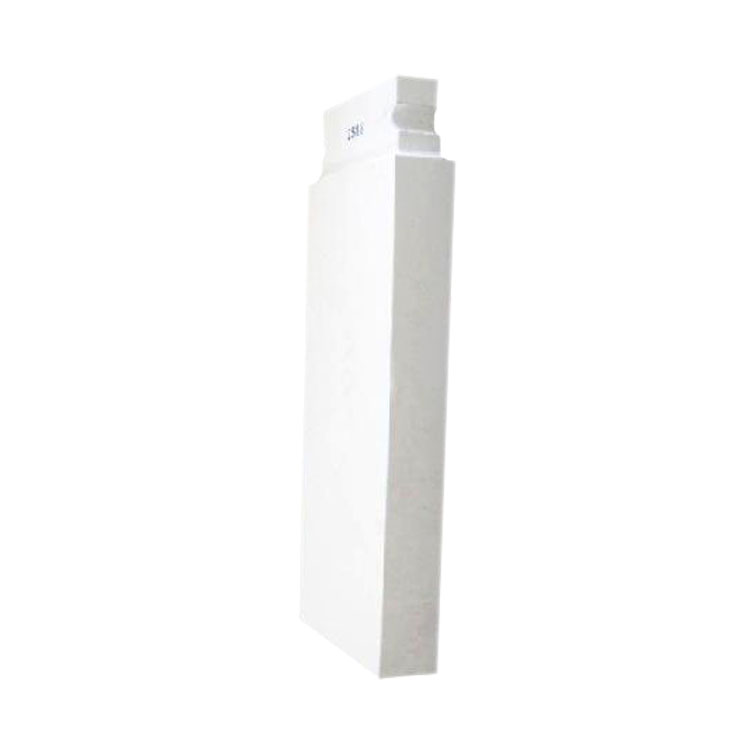.jpg?x-oss-process=image/resize,h_1000,m_lfit/format,webp)
In the demanding environment of high-temperature heat treatment, selecting the right kiln furniture material is critical to ensuring operational stability, longer equipment life, and consistent product quality. Materials operating reliably between 1000ºC and 1300ºC must simultaneously manage thermal shock, minimize deformation through creep, and maintain structural integrity. Among the options available, cordierite (Mg2Al4Si5O18) has emerged as a proven solution for export manufacturing sectors seeking cost-effective and technically superior kiln components.
Cordierite’s distinctive low density and intrinsic porous microstructure result in markedly reduced thermal expansion and enhanced heat insulation properties. These characteristics contribute substantially to its ability to withstand rapid temperature fluctuations without cracking – a phenomenon known as superior thermal shock resistance. Data from industry testing demonstrates that cordierite kiln furniture can endure up to 25 thermal shock cycles between room temperature and 1300ºC without significant surface degradation.
Moreover, its creep resistance—a measure of the slow, permanent deformation under sustained load at elevated temperature—is exceptionally low, typically under 0.05% strain after 100 hours at 1200ºC based on standardized tests. This low creep rate ensures dimensional stability during prolonged sintering or heat treatment processes, thereby preserving kiln geometry and product consistency.
.jpg)
Figure 1: Application progress of zero expansion silica bricks in industrial repair.
Export manufacturers across ceramics, metallurgy, and chemical processing industries have increasingly adopted cordierite kiln furniture due to its balance of performance and cost efficiency. A case study from a porcelain exporter revealed after switching to cordierite supports, kiln turnaround time improved by 18%, primarily attributed to reduced maintenance intervals and fewer thermal shock-related failures.
Additionally, empirical observations confirm that the porous structure contributes to faster heat equilibration inside the kiln, optimizing energy consumption and shortening heat-up/cooling cycles. These gains translate directly into lower operational costs, higher production throughput, and reduced downtime risks — factors critical to maintaining competitive advantage in fast-paced global markets.
| Performance Metric | Cordierite Kiln Furniture | Traditional Alumina Bricks |
|---|---|---|
| Thermal Shock Resistance (cycles) | ≥ 25 | ~15 |
| Creep Rate at 1200ºC (100h) | <0.05% | 0.12% |
| Operational Lifetime (cycles) | > 10,000 | ~7,000 |
For engineering teams and production managers evaluating kiln furniture materials, cordierite stands out as a strategic choice combining technological advantages with quantifiable economic benefits. Its ability to maintain structure integrity across extensive thermal cycling reduces the frequency of kiln shutdowns and repairs, directly impacting annual maintenance budgets favorably.
Integrating cordierite components aligns with industrial best practices emphasizing predictive maintenance and lean manufacturing principles. Such material optimization elevates product quality consistency, a non-negotiable factor in global export markets where tolerances are stringent and competitive pressures intense.
.jpg)
Figure 2: High-performance AZS cross checkered brick exemplifying advanced kiln furniture design.
Advances in cordierite composite formulations and manufacturing have opened pathways for further improving thermal shock resistance and mechanical strength. Ongoing research prioritizes the refinement of porosity control and grain size distribution to balance heat insulation and structural durability.
Export-oriented enterprises that adopt these innovations early position themselves advantageously for operational excellence and sustainable cost leadership in their sectors.

Figure 3: Illustration of zero-expansion silica brick functionality in precision thermal applications.
The evolving landscape of kiln furniture materials invites an interactive dialogue among industry professionals. Your insights and case experiences enrich our collective understanding and innovation capabilities. Please share your feedback or success stories on integrating cordierite materials via the contact link below.

